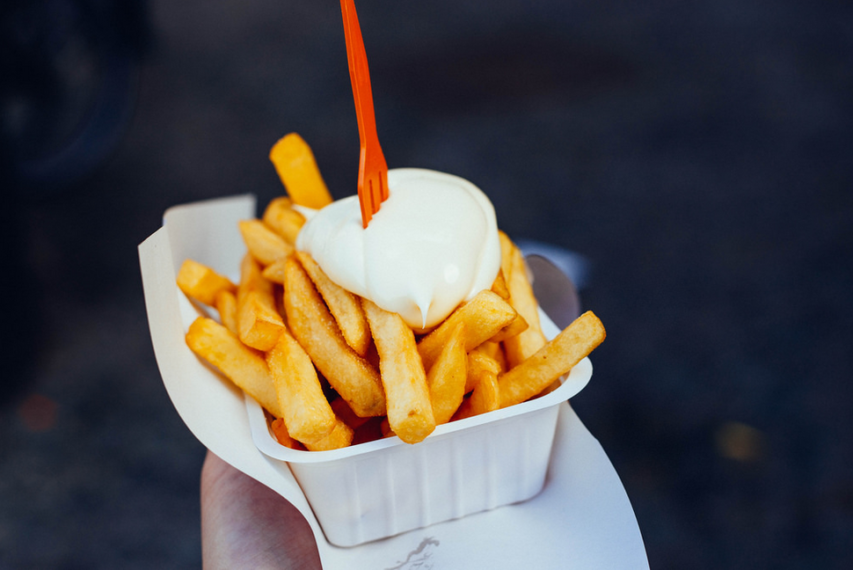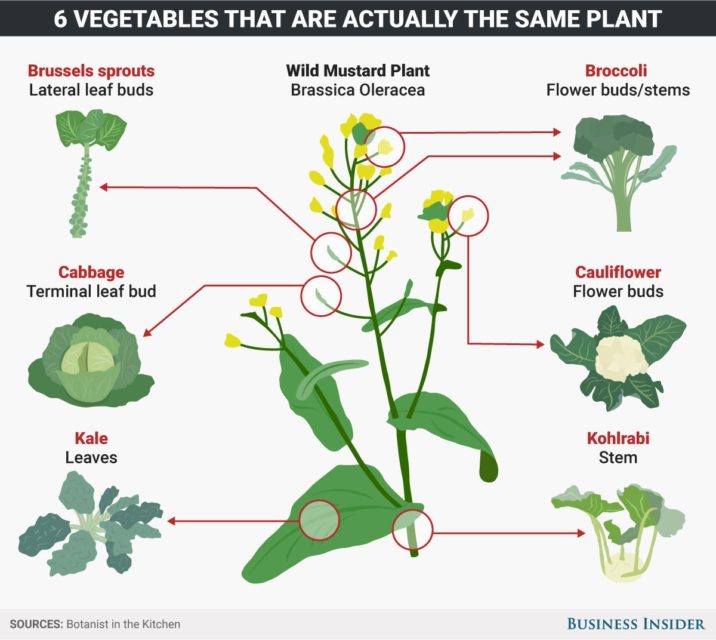Toronto loves to adopt anything trendy and try to claim it as its own. Poutine, an imported delicacy from Quebec, early on was lovingly described as “the culinary equivalent of having unprotected sex with a stripper in the parking lot of a truck stop in eastern Quebec”, yet has been culturally appropriated as part of Toronto’s myriad of “local” dishes. Yet, according to this explosive investigatory report by Jake Edmiston, the so-called poutine that Toronto loves is … falsely labelled, inadequate, lacking a key component:
Some time ago, I realized that in Toronto, the cheese curds do not squeak. And cheese curds that do not squeak are a dangerous thing. They can trick you into thinking that cheese curds are just chopped-up cheese. The whole idea, to those unlucky enough to have never had a good one, must seem absurd: Eating cheese by itself, piece by piece in the same compulsive way that someone eats more chips than they need.
Think of the nightmare lived by a man scouring a city for chips that crunch but finding each bag stale. I am him.
As food-obsessed as it is, Toronto is living a cheese curd lie. It’s not always a popular assessment, though. One local cheesemonger took it rather badly.
“Who said that?” Afrim Pristine, the maître fromager at Cheese Boutique, demanded over the phone earlier this month.
“I say that,” I replied.
“You say that?” he said, confused. “Have you been to the Cheese Boutique?”
“I haven’t had your cheese curds yet.”
“So why would you say that?”
“I haven’t said it in print yet. I’m just saying that.”
“Okay. Um, I think you’re very, very wrong,” he said. “I think you’re incredibly wrong. To say that you can’t find good cheese curds in Toronto, I think, is crazy, actually.”
[…]
Curds are the butterflies of the cheese world — beautiful, transcendent, but only for an instant. They offer the rare example of cheese reaching its full expression as a snack unto itself, so airy and texturally complex that it is liberated from the usual dependence on crackers or bread or wine. Curds have been spared all the pressing and squeezing that occurs in the late stages of the cheddar-making process. They’re pulled right from the vat before any of that happens, still full of air and whey. That’s what makes them so much different than the cubes of mild cheddar beside the slices of salami on your cheese tray. Not for long. As that moisture seeps out over time, they inch closer to their cubed cousins, closer to ordinary. The squeak is, really, the only thing separating the two.
H/T to James Bow for the link.







